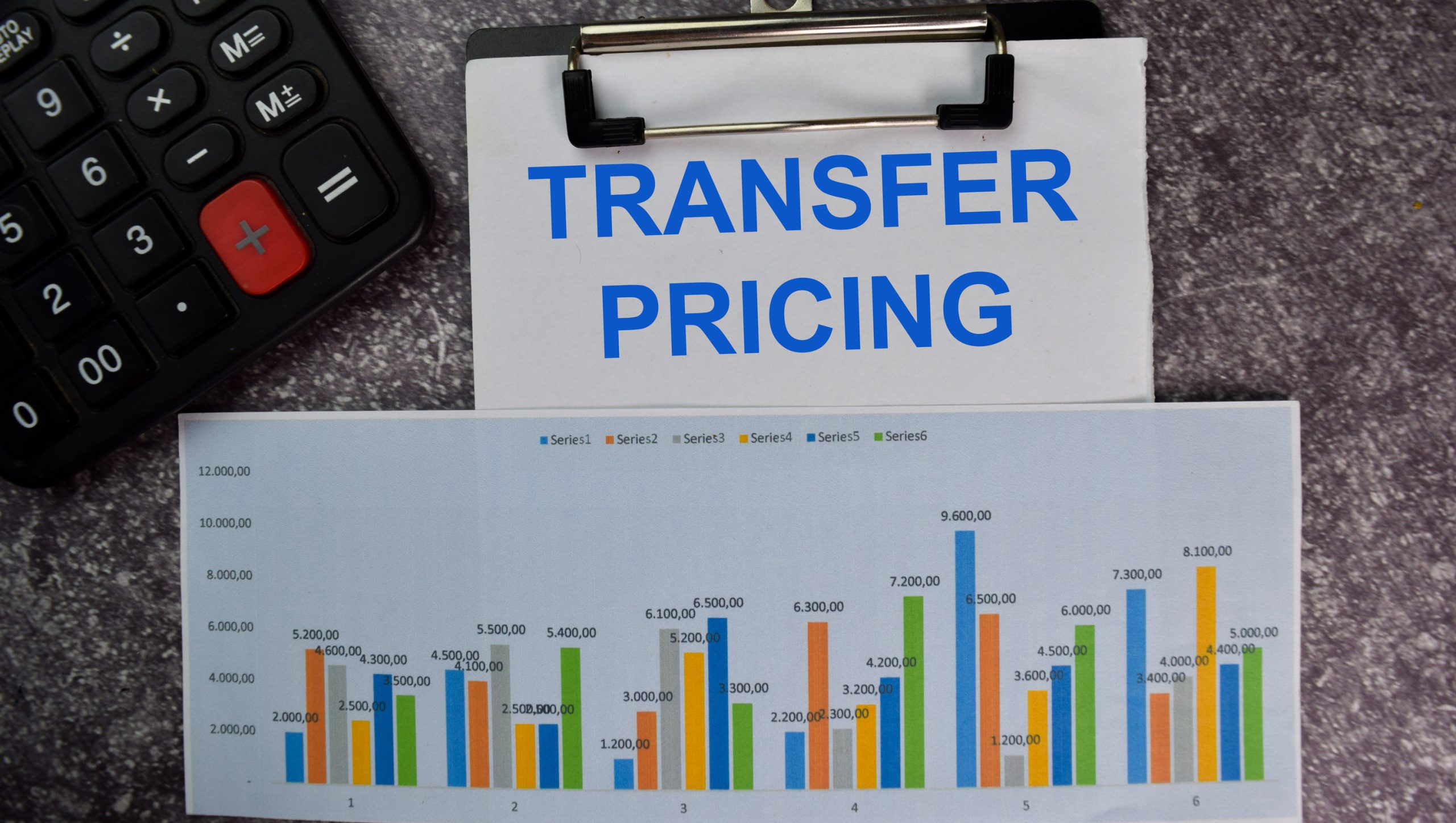THE CONTROL OF TRANSFER PRICING IN TANZANIA
Transfer Pricing as a concept is about transferring and/or manipulation of price which leads to tax avoidance in a transaction with the aim of reduction of tax liability. The price that is involved in these sorts of transactions is referred to as “Transfer price” as it is the price charged in the transaction between related or associated entities with the aim to avoid tax. Transactions of multinationals tend to be highly scrutinized for transfer pricing as they are taken to be more likely to carry out these forms of transactions.
Transactions between associated entities are termed as “Controlled transactions” as provided for under Regulation 3 of the Tax Administration (Transfer Pricing) Regulations, 2018 and these are defined as transactions between associates e.g., entities in same corporate structure.
An example of a Transfer Pricing arrangement can be observed where a multinational corporation in a high-tax country will sell its products to its subsidiary in a low-tax country at a price that is below the market value . Hence, where the product is sold at below the market price then the profits that the multinational corporation records are much lower than they would have been had the products been sold at the fair market value. This overall reduces the taxable income that may be charged at its home country.
After the subsidiary company in the low-tax country purchases the products at a discounted price it will proceed to sell the same product at a much higher price thus maximizing the profits gained and losing little to the tax regimes in the respective country due to the lower taxes compared to the home country of the multinational corporation.
Transfer Pricing Compliance
For related/associated parties, the law as under Regulation 7 requires that where such transactions are being carried out there must be provided an extensive Transfer Pricing documentation by the parties to the transaction.
This documentation must provide complete organizational structure of all related parties, nature of the business, descriptions of these transactions and so on. The purpose of these extensive documentations as per Regulation 7(2) is to capture and scrutinize all transactions that meet the 10-billion-shilling (and above) threshold so as to determine compliance with transfer pricing rules and the arm’s length principle.
The law, however, under Regulation 7(3)b also provides that the Commissioner General may also require the transfer pricing documentations to be provided even by controlled entities who do not meet the 10-billion-shilling threshold.
Regulation of Transfer Pricing in Tanzania
If the Tanzania Revenue Authority determines that a transfer pricing arrangement has taken place the Commissioner General has the discretion to exercise his statutory authority under the Tax Administration (Transfer Pricing) Regulations, 2018 to analyze the level of tax avoidance in order to reverse the tax benefits realized. A local example can be observed in the Court of Appeal case: ALLIANCE ONE TOBACCO TANZANIA LIMITED V. COMMISSIONER GENERAL (TRA) [CIVIL APPEAL NO. 118 OF 2018]. In this case we can observe how the TRA exercises its authority in detecting transfer pricing arrangements and proceeding to issue adjusted assessments to eliminate the tax benefits created.
Adjustment of Transfer Pricing Transactions
In the recharacterization of a price used in transactions deemed to involve transfer pricing the concept that comes about is one termed as “Arm’s Length Price”.
Regulation 3 of the Tax Administration (Transfer Pricing) Regulations, 2018 defines an arm’s length price as the price that is charged between independent persons. This basically means that the price that one entity would charge another when they are unrelated is regarded as the arm’s length price and anything considerably higher or lower is regarded as going against the arm’s length principle.
Methods of Determining the Arm’s Length Price
In the determination of whether a transaction involved an arm’s length price or not Regulation 5(1) of the Tax Administration (Transfer Pricing) Regulations, 2018 provides six (6) ways to determine the arm’s length price that is involved in a transaction among controlled entities.
- Comparable Uncontrolled Price Method
Compares the prices of goods and services between related parties to the prices of identical goods or services between unrelated parties. For the sake of clarity pricing for related entities is referred to as uncontrolled price or pricing for related entities has referred to as controlled price. This method is applied by taking the prices of transactions which was similar between independence parties and the aim is to determine whether the transfer prices differ from the prices between unrelated prices. This is regarded as the most reliable method of determining the arm’s length price.
- Resale Price Method
The arm’s length price is obtained by deducting the resale margin from the resale price. After deduction of gross margin and other expenses of transferring the goods or services between associated entities the transaction can be regarded as arms-length transaction of the supplied goods or services if the gross margin is similar to that of uncontrolled transactions. This is considered as a very useful approach in determining arm’s length prices for distributors.
- Cost Plus Method
This method is used to calculate production related direct and indirect costs incurred by a supplier of goods or services in producing the goods or services. The method starts with the supplying associate and not with the buying associate. The markup is what is used to determine the arm’s length price however this method is mostly applicable to manufacturers of semi-finished goods who do not incorporate intangible assets or service providers who did not provide unique services.
- Transactional Net Margin Method
This determines the arm’s-length price by using the net profit that was obtained following the controlled transaction. The net profit that is observed is then compared to the net profit earned from uncontrolled transactions. If a non-profit is similar in both transactions then it is taken that the control transaction used an arms-length price.
- Profit-Split Method
This method is applied where the transactions of controlled entities are extremely integrated in a way that they cannot be extracted separately from the activities of controlled entities. What happens here is that the profits that are split between the entities are observed in comparison to independent entities following a similar business arrangement and the economic validity of the split and the apportionment is used to determine whether the profit-split was at an arm’s length.
- Finally, the Commissioner General can also apply any other method that is deemed fit.
CONCLUSION
Business entities, therefore, must always take transfer pricing regulations into account whenever they intend to take part in considerable business transactions with associated entity/entities. Rigorous compliance with the laws and regulations will help to ensure that no unexpected tax liability will arise due to non-compliance.
Contact Person and Contributors
Comfort Mugisha Blandes- Managing Partner
Harry Godfrey Mbise- Associate
Disclaimer:
This publication has been prepared for information purposes only, and it does not constitute professional advice. You should not act upon the information contained in this publication without obtaining specific professional advice. No representation or warranty is given as to the accuracy or completeness of the information contained in this publication, and, to the extent permitted by law, Cymbell Attorneys, its partners, employees and agents do not accept or assume any liability, responsibility or duty of care for any consequences of you or anyone else acting, or refraining to act, in reliance on the information contained in this publication or for any decision based on it.






